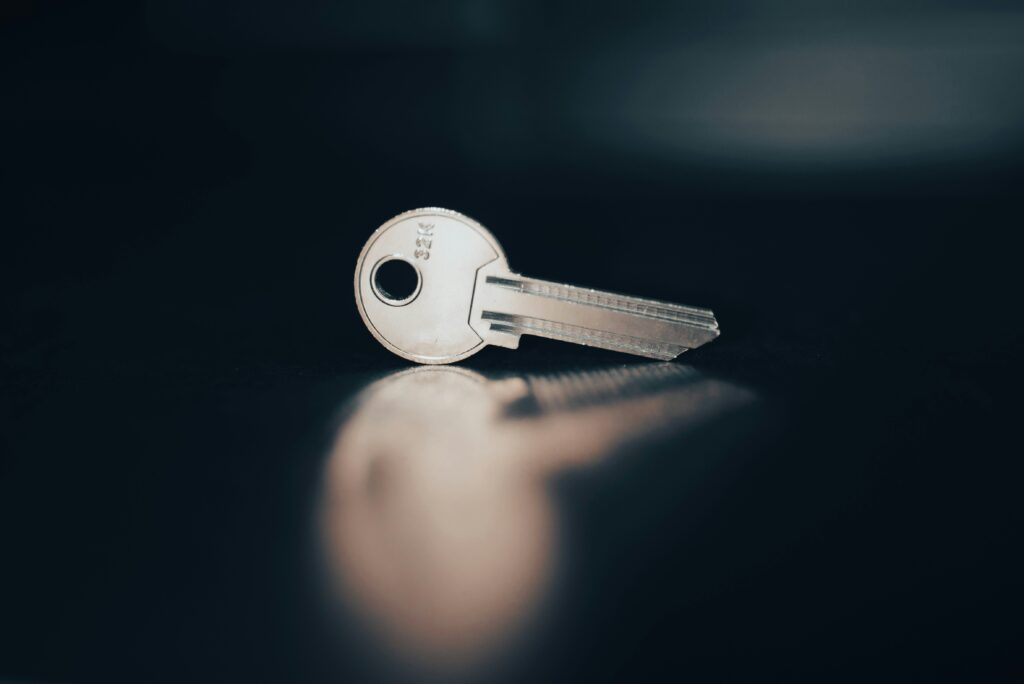26/07/2025

If you’re new to WordPress, you might think that setting up your website is the hard part. But once it’s live, there’s something even more important to focus on—security. WordPress is a powerful platform, but because it’s so popular, it’s also a common target for hackers and bots.
The good news is, you don’t need to be a tech expert to keep your website safe. In this guide, we’ll walk you through simple steps you can take to protect your WordPress site—even if you’re just starting out.
Imagine spending hours building your website—adding content, designing pages, and maybe even selling products—only to have it hacked or taken offline. That could mean lost data, lost income, or even damage to your brand’s reputation.
Here’s why securing your WordPress site matters:
Now, let’s look at how you can start securing your site today
One of the easiest ways to keep your site secure is to keep everything up to date.
The WordPress team and plugin developers often release updates that fix security issues. If you ignore those updates, your site becomes more vulnerable over time.
Go to your WordPress dashboard > Updates. Click the “Update Now” button for anything that’s out of date.
Weak passwords are one of the most common ways hackers break into WordPress sites. Avoid using simple passwords like “admin123” or “password.”
Also, never use “admin” as your username. That’s usually the first one hackers try. If you’re using it now, create a new admin user with a different name and delete the old one.
You don’t need to know how to code to secure your site. A good security plugin can handle most of the heavy lifting for you.
These plugins help you:
Two-factor authentication (2FA) adds an extra layer of protection to your login. Instead of just a password, you also need to enter a code sent to your phone.
Even if someone steals your password, they won’t be able to log in without your device.
It only takes a few minutes but makes your site much safer.
By default, WordPress lets people try to log in as many times as they want. That means hackers can use “brute force” attacks to guess your password.
To stop this, limit how many login attempts are allowed.
Most security plugins let you do this, or you can use a simple plugin like Limit Login Attempts Reloaded. You can set it so users are locked out after, say, three failed attempts.
Your hosting company is your website’s foundation. A good host can protect your site at the server level, while a poor one can leave you open to attacks—even if you’ve done everything else right.
Look for hosting providers that offer:
Some trusted WordPress hosts include SiteGround, Kinsta, and Bluehost.
Have you ever noticed websites that show a padlock icon in the browser bar? That means they’re using HTTPS, which is a secure connection. It protects any data that users send through your website—like passwords, messages, or payment info.
Most hosts now provide a free SSL certificate through Let’s Encrypt.
To check if your site is secure:
No matter how secure your site is, things can go wrong. That’s why it’s important to have backups of your site that you can restore if needed.
You can back up:
Make sure backups are stored off-site (like in Google Drive, Dropbox, or cloud storage) so you can recover them even if your site is down.
Every plugin or theme you install—even if it’s inactive—adds code to your site. That means more opportunities for vulnerabilities.
Once you’re sure you don’t need a theme or plugin, delete it completely from your dashboard. Keeping your site clean helps reduce risks and makes it easier to manag
By default, WordPress lets you edit theme and plugin files directly from the dashboard. This feature can be dangerous if someone gains access to your admin area.
You can turn it off by adding this line to your wp-config.php file:
define(‘DISALLOW_FILE_EDIT’, true);
Or you can disable it using a security plugin like iThemes or Wordfence.
Securing your WordPress site as a beginner doesn’t have to be overwhelming. By taking just a few simple steps—like updating plugins, using strong passwords, and installing a security plugin—you can protect your site from most common threats.
You’ve already worked hard to create your website. Taking a little time to secure it means keeping your content safe, your visitors protected, and your peace of mind intact.
Start small, stay consistent, and remember—security is not a one-time task, it’s an ongoing habit.